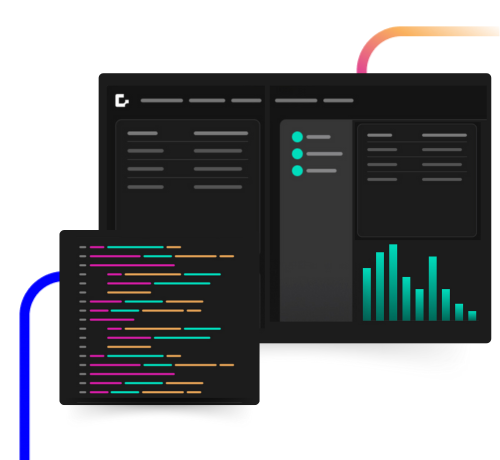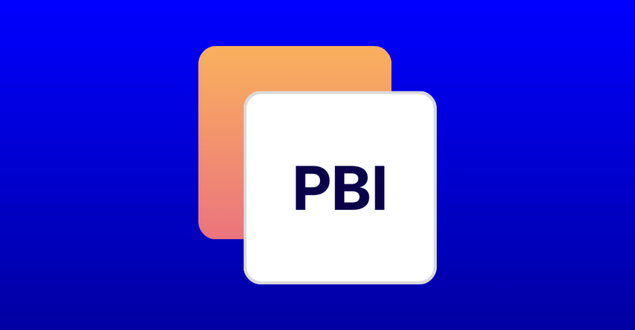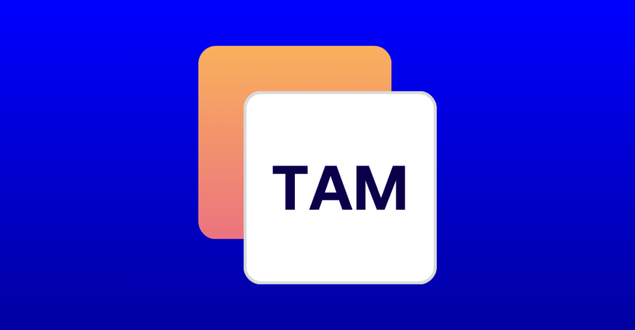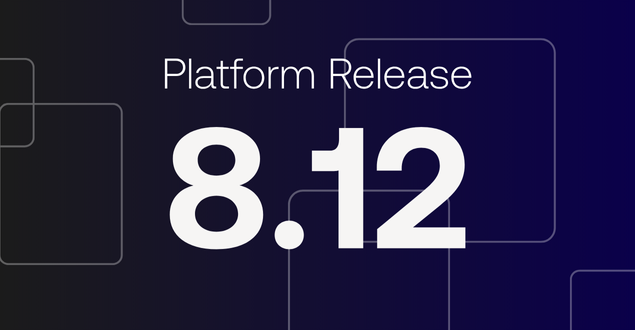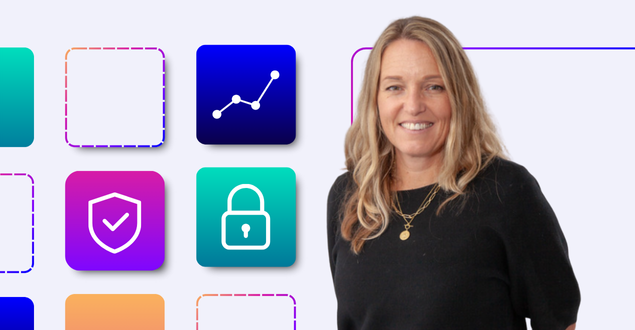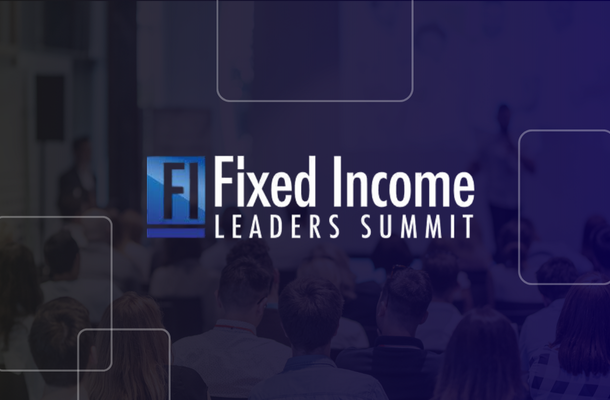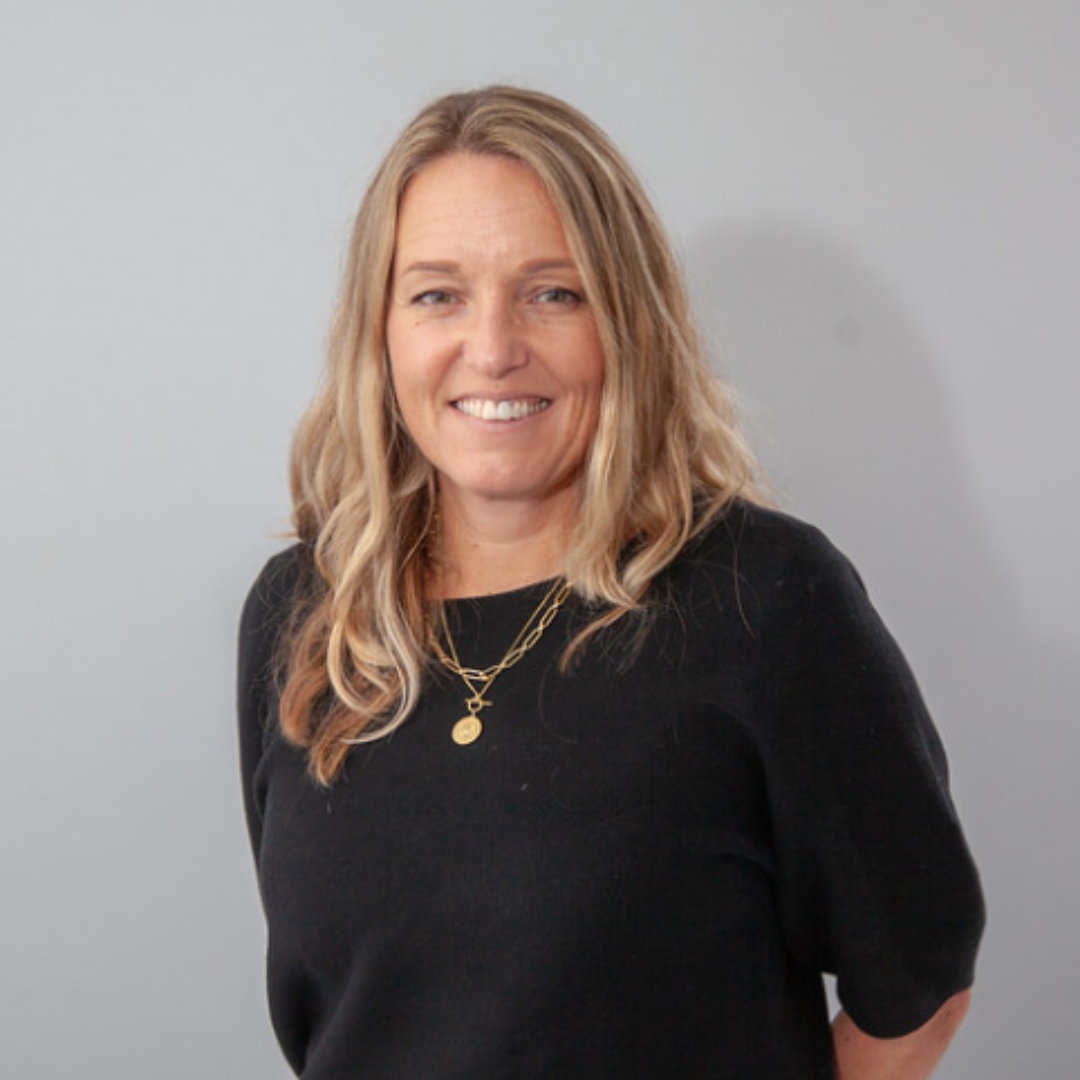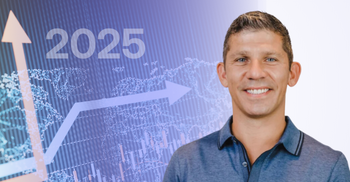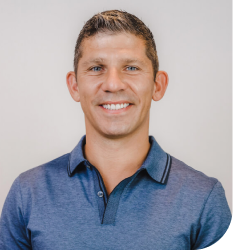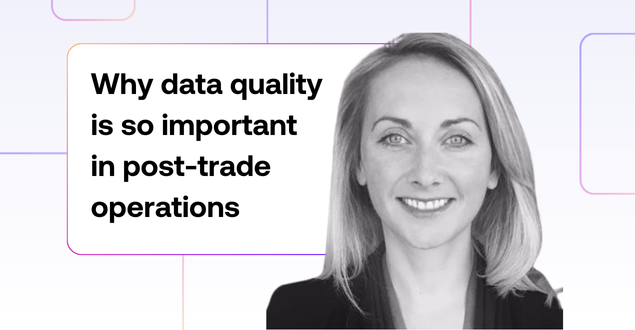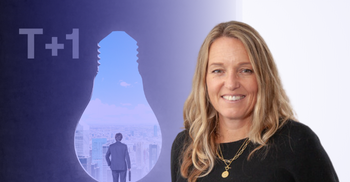
Table of Contents
While future-proofing the front office has been a priority for some time, the middle office hasn’t always received the same level of investment.
The modern trader has an increasingly sophisticated array of technologies at their disposal — sophisticated market data screens, trading algorithms, predictive analytics… the list is endless.
Firms are also investing heavily in technologies aimed at enhancing and personalizing the client experience. In 2021, for instance, banks collectively spent $9.5 billion just on customer relationship management software.
But once a deal is struck and it’s time to process the trade, it’s a different story.
The typical middle office has to contend with a patchwork of outdated technologies that can’t (and were never intended to) work together. Worse, middle office staff are often forced to rely on spreadsheets and other manual, error-prone processes to plug functionality gaps. Given the market’s direction of travel, and, particularly, the shortening of settlement cycles — most major Asian markets settle at T+2, the US is moving to T+1 in May 2024, and in the EU, settlement delays are subject to daily penalties and mandatory buy-ins — the current state of play is no longer sustainable.
Put bluntly, unless the middle office gets a technological overhaul, firms risk heavy fines and reputational damage, and operational costs will skyrocket.
So what should the modern middle office look like? How does it need to change for firms to thrive moving forward?
The rocky road to T+1
As is often the case with modern regulation, the devil is in the data when it comes to compliance, and T+1 is no exception.
For next-day settlement to be possible, trades have to be matched and confirmed intra-day. But, because of the way the middle office is typically set up, this is a challenge. In the EU, for instance, settlement failures are on the rise across asset classes. And data-matching issues are the second most common cause, accounting for 27% of cases.
These problems are invariably rooted in technology.
It’s still common practice for several post-trade processes to run in parallel. Middle office staff usually have to switch between platforms and processes depending on which asset class they’re dealing with. And even where there’s automation, this is often done in isolation, by asset class, resulting in silos that create bottlenecks which slow things down.
Industry consolidation can make things worse.
When firms pick up new desks, they also pick up new technologies that weren’t designed to be interoperable, which means the middle office now has to deal with more parallel workflows, further straining its resources.
Lack of interoperability also increases risk, fragmentation, and inefficiency.
If a particular asset class can only be processed through a specific platform, the middle office inevitably becomes dependent on the platform’s vendor, putting it in a vulnerable position should there be a system outage or other issues.
Vendor lock-in also makes it difficult (if not impossible) to streamline processes across asset classes, especially if different platforms have varying degrees of functionality.
It doesn’t help that, over time, many leading vendors have turned into unwieldy behemoths. The sheer size of some platforms means implementing changes or upgrades is such a slow, challenging, and expensive process that firms are stuck with outdated versions that can create more problems than they solve.
The alternative to expensive upgrades or system bolt-ons is to use spreadsheets. But these aren’t designed to be auditable, so it’s difficult to keep track of who changed what and when they did so.
And with 88% containing at least one error, costly, hard-to-detect data inaccuracies are all but guaranteed. Case in point, JP Morgan famously lost $6.2 billion because a spreadsheet miscalculated the hazard rate. It’s very apparent that algo trading is becoming increasingly more capable over time. There are already many companies who are using vast amounts of historical data to train their algorithms so that the algo itself can decide exactly how and where to trade each individual order it receives.
Centralization, Automation, Monitoring: The three pillars of the modern middle office
So what should the technology stack look like if the middle office is to overcome the challenges it faces and be ready for a world where T+1 or even T+0 is the norm?
In our view, such a system needs to deliver on three fronts: centralization, automation, and monitoring.
Centralization
The cornerstone of any modern post-trade processing technology stack is a single source of truth. A platform that integrates with the patchwork of systems the middle office has to contend with, and brings together complete, trustworthy data in one easily-accessible location.
Centralization solves many of the challenges inherent in complying with T+1, but which also plague the middle office more broadly.
It gives staff a unified view of the firm’s trades across asset classes, markets and entities. It makes it easier to normalize and enrich that data, streamline your processes, and automate workflows.
Most significantly, centralization enables decision-makers to get a complete picture of the matching process from one place, safe in the knowledge that the data they’re looking at is accurate and up to date.
Automation
Given exploding trade volumes — in 2021, $160.95 trillion was traded electronically across 46 billion trades, a 20.4% increase in volume over 2020 — it’s clear manual processes are unsustainable, even if T+1 compliance weren’t an issue.
With a platform capable of automating entire trade workflows end-to-end using straight through processing, it’s possible to complete the trade allocation and confirmation process in half the time and handle larger trade volumes efficiently, without having to hire more staff.
Monitoring
A centralized, automated technology stack is pointless if you can’t track your performance so you can adapt and improve.
Continuous monitoring gives you real-time visibility into your trading data, including exceptions and the status of individual trades. This means you can be proactive, making quick, data-driven decisions ahead of the market.
Crucially, you can spot issues such as trade mismatches and fix them straight away, instead of learning about them after the fact, once settlement has failed. This is also an opportunity to continually optimize and refine your processes, ensuring these issues don’t come up again in future.
The middle office needs a technological paradigm shift
Imagine you got tickets to the orchestra at your local theater.
The orchestra’s members are all accomplished players, and they know the score inside out. But, because of the way the stage is set up, they can’t hear each other. So, instead of a beautiful piece of music, what comes out is a cacophony that hurts your ears.
The same is often true of the middle office.
The patchwork of manual and legacy systems working in parallel creates duplication, inaccuracies, and delays, forcing your team to work needlessly hard to make sense of the whole.
In today’s dynamic, ever-changing, highly regulated markets, that’s neither acceptable nor sustainable. You can’t keep relying on outdated manual processes or bolting-on new software and hoping for the best. You need a cloud-based, interoperable, and flexible solution that can adapt to the way trading is done today, bringing you a unified, trusted view of your data and empowering you to act at speed.
We’ve built Trade Allocation Manager — our centralized, automated, multi-asset class post-trade platform — specifically with these attributes in mind.
For starters, we won’t lock you in. Our platform integrates with most leading front-office software, including BNP, Pershing, DTCC CTM, Broadridge, and Fidessa, so you can easily gather and organize all your data in one place regardless of which asset class, market, or entity it pertains to.
More to the point, it has multiple allocation models, counterparty and standing settlement instruction management, and a rules engine so you can automate allocations, fees, and commissions in the way that suits your needs.
Start building finance-grade
applications 10x faster
Explore the Genesis Application Platform in action with a 60-day free trial* to get your first application built and in-market faster than ever before.
